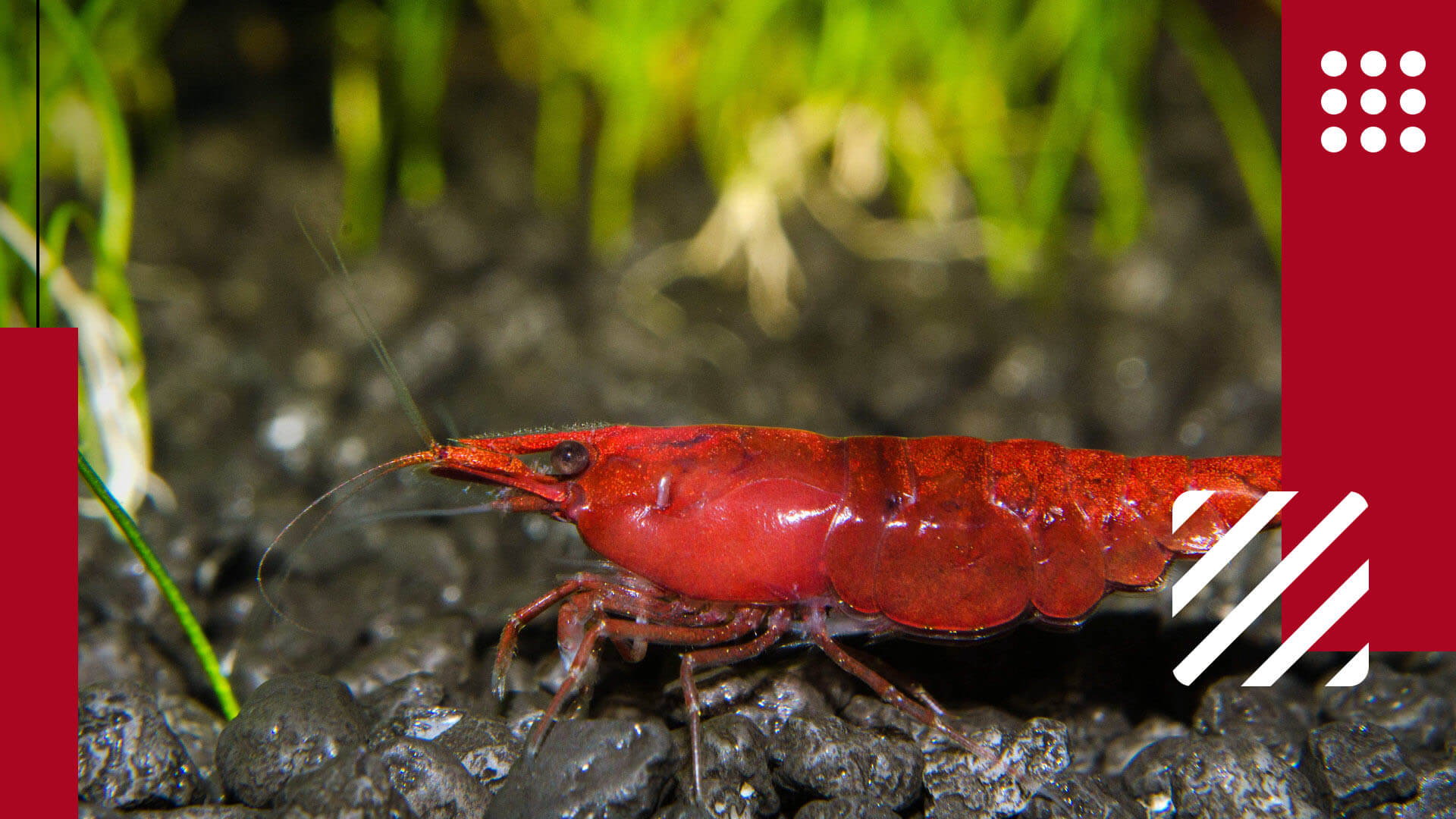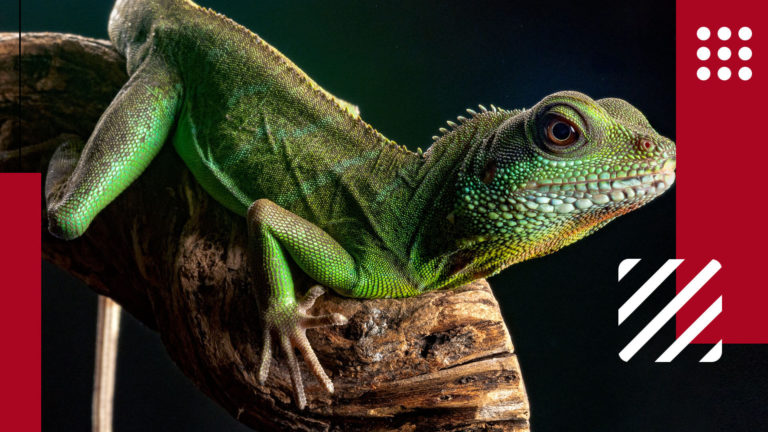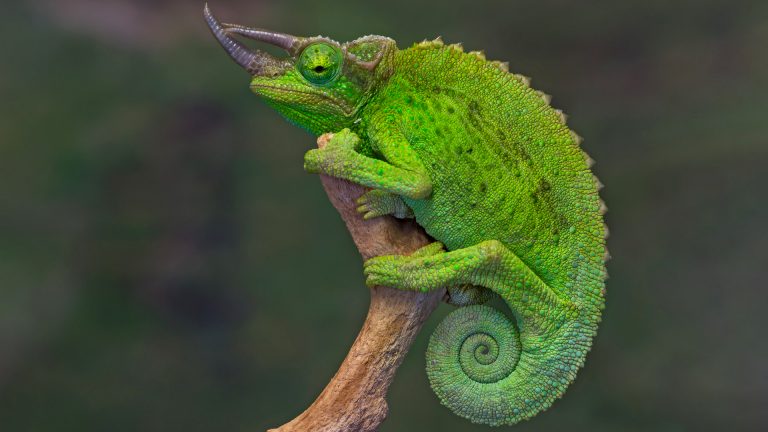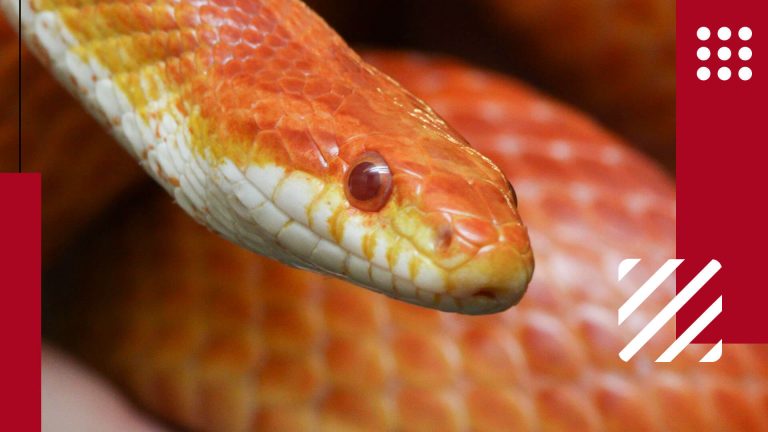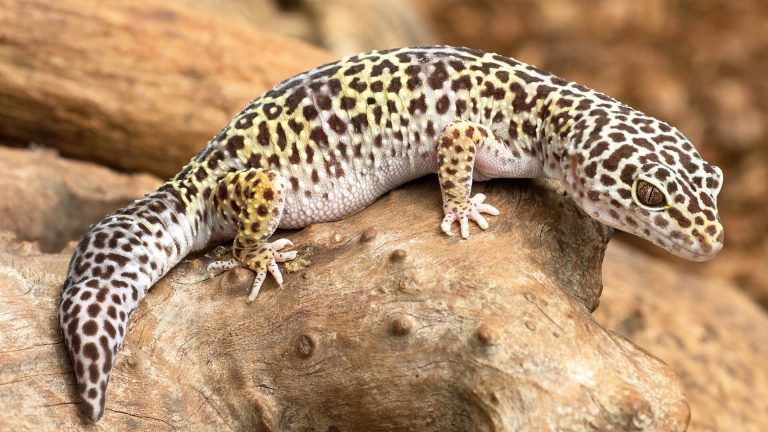What's the first impression one gets after seeing an Arizona blond tarantula? It's mostly a mix of fear and amusement, both at the same time. Arizona blond tarantulas have a classy appearance but they can give off a scary vibe at the first look. However, they are calm and peaceful. They are one of the most common tarantulas to be kept as a pet. Since they are low maintenance and not harmful to humans in any way, these tarantulas are suitable even for beginners. They can be owned by anyone above the age of 10.
There are hundreds of species of tarantulas all over the world. However, these are one of the easiest to handle and care for, making it a popular choice among the tarantula enthusiasts. Most people prefer to keep the females owing to their longer lifespan. Even though their needs aren't much, they still need attentive care. If someone is interested to know more about their pet Arizona blond, there couldn't be any better place than this. From their features to food and health to happiness, this article has everything one needs to know about their tarantula.
Distinctive Features of Arizona Blond Tarantula
| Scientific Name | Aphonopelma chalcodes |
| Lifespan | Up to 30 years |
| Color | Light tan to golden blonde |
| Size | Up to 6 inches (legspan) |
| Health Risk | Low |
| Enclosure Size | Minimum 10-gallon tank |
| Temperature | 75-85°F (24-29°C) |
| Humidity | 40-60% |
| Feeding | Insects and small invertebrates |
| Handling | Generally not recommended |
| Unique Trait | Hairy appearance and docile temperament |
| Famous For | Being a popular pet tarantula |
| Maintenance | Low |
| Adaptability | Low |
| Behavior | Not recommended for young children |
| Personality | Generally calm and docile |
| Social | Solitary |
Arizona blond tarantulas have quite an elegant look with its long and blonde fur accompanied by long beautiful legs. They are nocturnal creatures and are mostly active at night. Besides their appearance and active hours, there are numerous other features that are noteworthy.
Apart from the basic characteristics discussed above, here are some other features that would give the owners a deeper insight into the life of their pet tarantula.
- Difference in lifespan: A major line of distinction between a male and a female Arizona blond tarantula is their lifespan. The male desert tarantulas have much shorter life expectancy than their female counterparts. Once the males mature, they spend their remaining life in finding the love of their life and mating with her. However, once they mate, they aren't able to live for more than a few months. (Yeah, life is unfair!)
- Urticating hairs: This is like the ultimate defense for an Arizona blond tarantula. These tarantulas consist of some urticating hairs on their backs with pointed barbs at the tips. These hairs can be easily released by the tarantulas and help them attack the potential enemies. It is difficult to remove and has venom which ensures that the enemy suffers from itching and irritation, if nothing more.
- Venomous: Being a tarantula, it is quite obvious for the desert blond to possess venom. This venom is what they use to hunt down their prey and fight against their enemies. However, this venom is very weak against a human. So, even if they bite, the most it will do to a human is cause some itching. However, it can be dangerous for people who are allergic.
- Staying near burrows: Arizona blond tarantulas tend to dig burrows and hide inside them. They even create a silk like web at the entrance. They never go far away from their burrows. The only exception to this is the time when male desert tarantulas start the search for their soulmate. They may end up in the female tarntula's burrow to mate with her.
How to Take Care of Pet Arizona Blond Tarantula?
When it comes to taking care of the pet desert blond, there's nothing much to worry about. They are considered to be low-maintenance. With little knowledge and guidance, even beginners can take good care of them. The first thing to keep in mind is to avoid handling the tarantula as much as possible. They are gentle creatures and can get injured. Also, it's better not to poke them unnecessarily.
It's highly recommended to keep them away from other animals. They see other animals as their enemies. One shouldn't even keep two tarantulas together at any point in time (except when they are mating). They won't mind having a feast by killing each other. If the owner wants to keep the pet tarantula happy, they can do so by adding a few things for them to climb on, hide in and play with. For other things, keep reading!
How to Setup a Tank for Pet Arizona Blond Tarantula?
Arizona blond tarantulas don't take up a large space of your home. A small tank of 5 to 10 gallons would be enough to keep the tarantula happy. The tank should not have a great depth and the width should be thrice the length of the leg span of the desert tarantula. The tank should be enclosed from all sides but the ceiling should not be made of wire mesh. Why? Because it can end up causing injuries to the pet tarantula. Nevertheless, it is advised to keep a few small-sized holes at the top for ventilation purposes.
The temperature of the tank can be anywhere around 70 to 85 degrees Fahrenheit. As for humidity, it should be around 65% to 70%. However, they originally belong to a dry climate so no special efforts are needed to make the tank humid. Keeping a water bowl would be good enough. A 4-6 inches thick substrate (made up of coconut fiber, vermiculite, peat moss, and soil) is essential at the bottom of the tank as desert tarantulas dig deep burrows.
What to Feed Pet Arizona Blond Tarantula?
Similar to other tarantulas, Arizona blond tarantulas are carnivores and like to feed on live prey. They can be offered grasshoppers, smaller spiders, beetles, scorpions, and small lizards. One of their favorite meals is living crickets. The owner can just release these insects in the tank and the tarantula will hunt and turn them into a meal. However, the size of their food should always be smaller than them; it would keep a clear distinction between the prey and the predator.
When the tarantula is still in the growing phase or still small, it is better to half-kill their prey before putting them inside. Adult desert blonds should be fed twice a week. As for little ones, they can be fed more often. There should be a bowl of water present in the tank at all times so that the tarantula doesn't face dehydration. Importantly, the water dish shouldn't be too large as the pet tarantula may end up drowning.
Health Concerns of Pet Arizona Blond Tarantula
When it comes to health, the owner doesn't need to be too worried about their pet tarantula. Arizona blond tarantulas are healthy creatures and do not succumb easily to any sort of illness. However, there are a few things to be noted.
Arizona blond tarantulas are very prone to injuries caused by falling. That's exactly why tall tanks should be avoided. Owing to the same reason, the owners should avoid holding the pet. Falling from even a short height can lead to serious injury and, in the worst cases, death.
Dehydration is yet another thing one needs to avoid. It's usual for these tarantulas to go without eating for a while. However, if this goes for more than a couple of weeks, then it's probably a symptom of dehydration or malnourishment. The pet tarantula should immediately be taken to a vet.
Arizona blond tarantulas go through a molting period after every few months. During this time, they shed their exterior shell and regenerate other damaged limbs. Meanwhile, the owners should make sure not to disturb them with anything or serve them food until they are fully done.
What People Are Reading:
Frequently Asked Questions About Pet Arizona Blond Tarantula
Some generally asked questions about Arizona Blond Tarantula are answered below:
Are Arizona blond tarantulas venomous?
Like any other tarantula, Arizona blond tarantulas contain venom. However, their venom is not harmful to humans. The worst it can do is cause itching. The only exceptions are people who are allergic.
How big does an Arizona blond tarantula get?
Arizona blond tarantulas can grow up to 6 inches. The male tarantulas are slightly shorter than their female counterparts.
Are Arizona blond tarantulas good pets?
Arizona blond tarantulas make good pets even for beginners. Mostly because they are easy to keep. However, they are not very interactive and should be kept as a pet only by someone above 10.
How much do Arizona blond tarantulas cost?
A single Arizona blond tarantula would cost a person around $25-50.
Do Arizona tarantulas bite?
They are not usually aggressive in nature. They won't bite unless they are poked or threatened for no reason.
Are tarantulas friendly to humans?
Tarantulas are friendly to humans and won't bite except in the worst-case scenarios.



